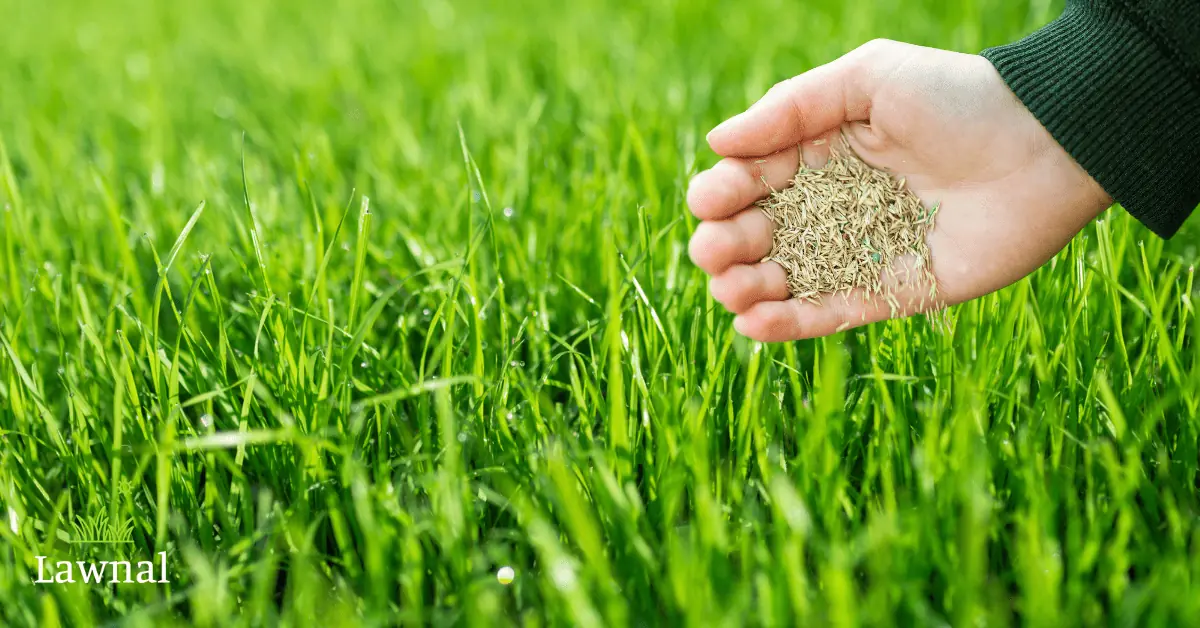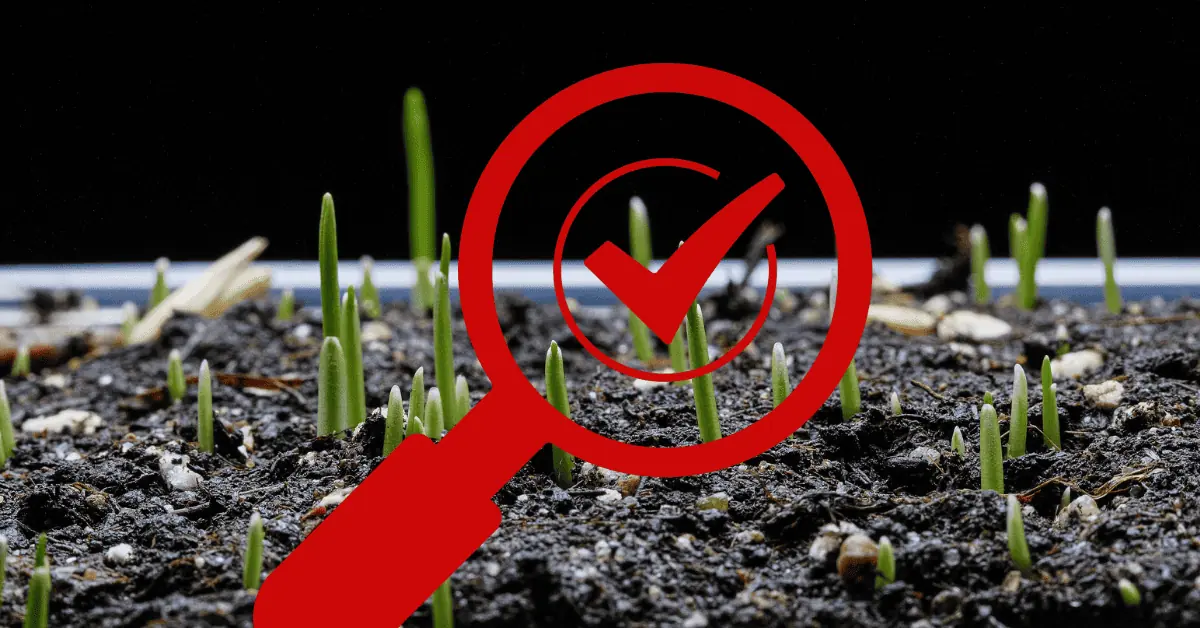Seed prices can be surprising if you’re just learning about them for the first time. Those tiny things cost a fortune, especially if you buy them in huge quantities. As a first-time buyer, the first question that’ll come into your mind is, “Why are grass seeds so expensive?”
The answer to the question isn’t far-fetched. However, it isn’t a single one, and many factors contribute.
This article will educate you on why grass seeds are so expensive. You’ll get a breakdown of the contributing factors and how to be wiser with your money when you want to buy.
Why Are Grass Seeds Expensive?
Around 11 different types are commonly used for lawns in the country. All these grasses have different characteristics and prices.
The cost of producing these seeds is a leading cause of the high price. Farmers invest financially and physically to ensure you get those healthy seeds. Therefore they’d want to get all the pennies they’ve put into producing these seeds.
This section will give you a detailed explanation of the reasons why grass seeds are expensive.
1. The Type of Grass Seeds
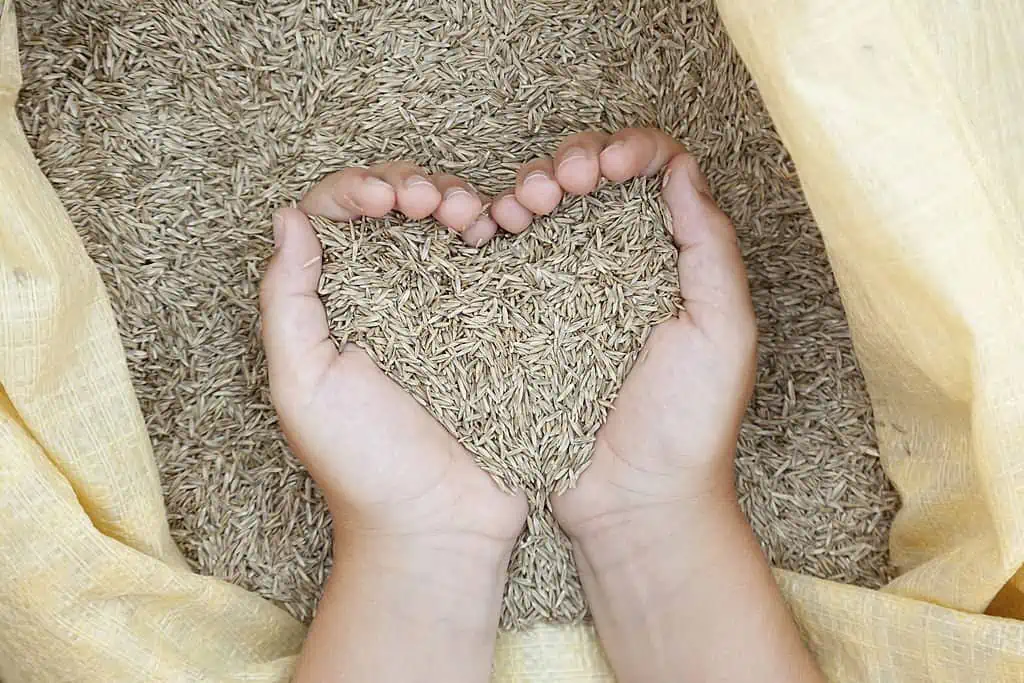
There are different grass types that you can buy for your lawn, and they include Fescue, Kentucky bluegrass, Bermuda grass, Ryegrass, Bahiagrass, Centipede grass, Zoysia, and Tall fescue. All these grasses can be classified into warm or cold-weather grasses. The warm-weather grasses will thrive more in dry temperatures, while cold-weather grasses will grow better in cold temperatures.
The cool-season grasses include Kentucky bluegrass, fine fescue, tall fescue, and perennial ryegrass. Grasses in the warm season category are Bermuda grass, Bahia grass, centipede grass, St. Augustine, and Zoysia grass. It’s imperative to consider these grass types when making your purchase.
All these grass types have different prices. Fescues and Ryegrass are the cheapest. Ryegrass will set you back $53 for a 50-pound bag, while Fescues will cost around $60-$75 for a 25-pound bag. You’ll need $80-$100 to get 25 pounds of Kentucky Bluegrass grass seed.
If the Bermuda grass catches your fancy, you can get a 25-pound bag for $105-$130. The Bahiagrass is also costly, and a 25-pound bag will set you back $120-$160.
A 25-pound bag of any seed type will be enough to cover an area of around 1,000 square feet. You’ll need to spend more on seeds if your yard is larger.
2. Cost of Farming

The cost of farming the seeds is the most significant reason why it sells for such a high cost. Farmers must give up their time and spend money to plant the seeds. This sub-section will look at the three essential farming factors and how they influence the price of grass seeds.
Crop Space
The process of making grass seeds is a lengthy one. Land that can accommodate cultivation is the first thing a farmer needs. Farmers grow grass seeds like every other crop.
They can only profit from the seeds if they plant a lot. If they’re to produce more, they need more land. They must give up planting other crops to get more land to grow the seeds. Due to these investments, they charge high to cover their expenses.
Cost of Machinery
A large farm requires heavy machinery to do crucial work. Farmers need powerful machines like sickle mowers and rotary disk mowers for lawn work. All these machines need heavy tractors to pull them before they can work.
The cost of buying these tractors is exorbitant. Renting them is no different, and the farmers must spend money too. Aside from the cost of buying or renting these machines, maintenance is another aspect that gulps money.
The need to buy gasoline or repair defective parts are also expensive. If the farmer finishes spending money on those, the most realistic way to recoup the money is on the price of the seeds.
Time Factor
Time is money, and this statement comes to play regarding buying grass seeds. Grasses take ten months to 2 years to germinate, depending on the type the farmer is cultivating. They need to tend to these grasses during this period and usually don’t have time for other crops.
At the end of these ten months or two years, as the case may be, the farmer will want to make enough money to make it worth their time. They charge high for the seeds, reflected in the final price.
3. Mixtures of the Seeds
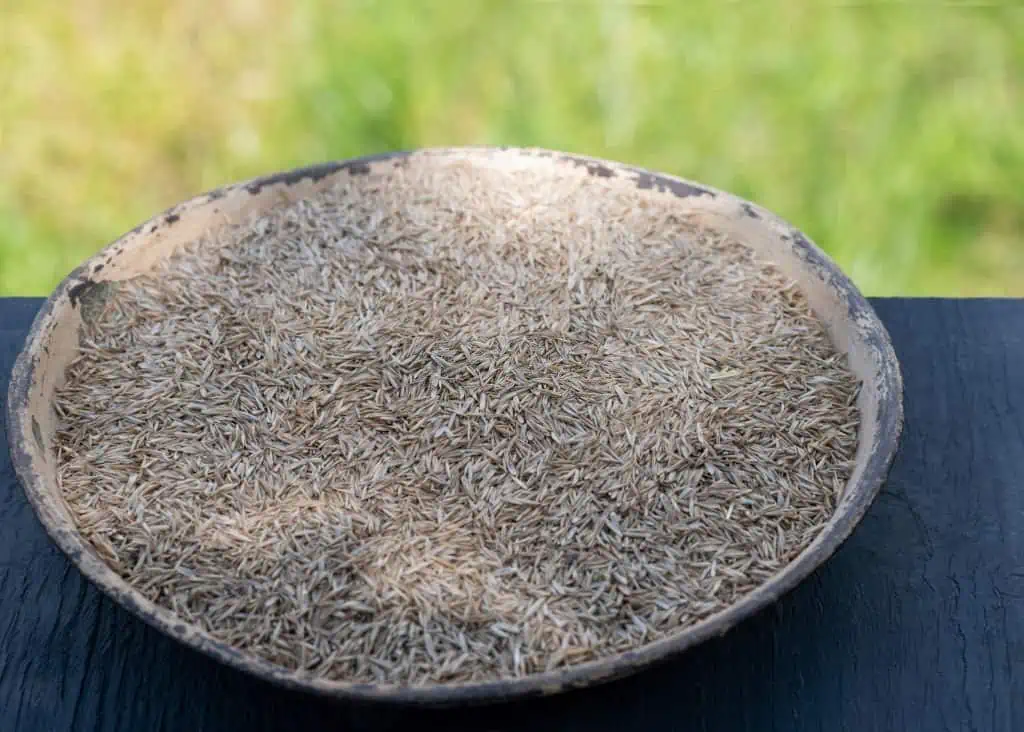
Some bags contain a mixture of different seeds. These mixed seed bags tend to be more expensive cause you’re getting two types. If you want to buy two expensive seed types in one bag, be prepared to spend more.
There are many reasons why farmers sell mixed seed bags. One of the main reasons is to add versatility and beauty to your lawn. Mixed grasses lawns are a spectacle to behold if you tend the grasses well and they germinate healthily.
You could also use them to know the grass that grows best on the lawn. If one of the seeds doesn’t germinate well, chances are high that the second would. However, this is an expensive way to experiment.
If you’d opt for mixed grass seeds, it’s best to do so only if you know they can grow on your lawn. You can approach a lawn care expert for the grass types that grow best if you move to a new area.
4. Bag Size
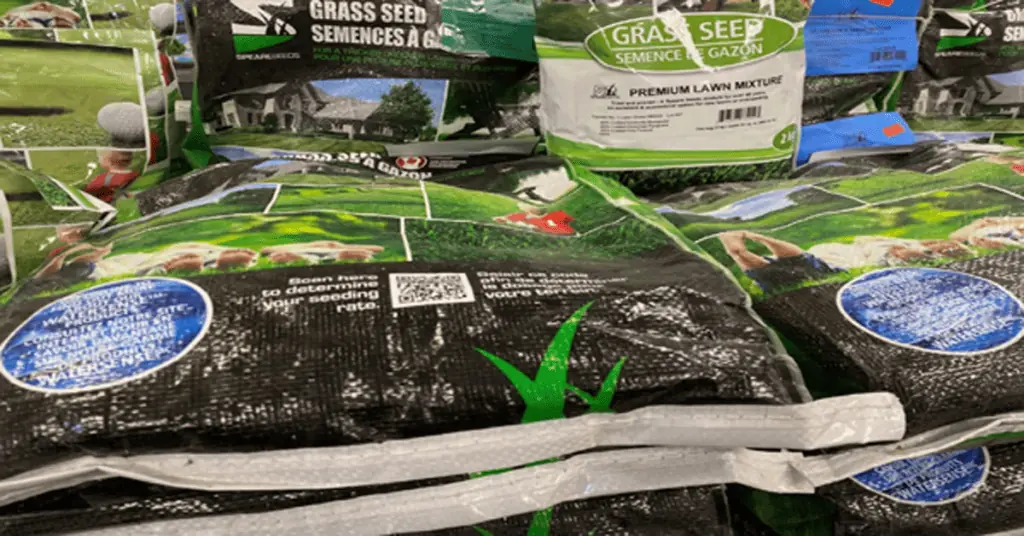
The bag size of the seed that you buy can influence the price. For this reason, it’s imperative to understand the grass seeds you’ll need with your yard size. If you purchase a 50 pounds bag(s) of seed when all you need for your yard is 25 pounds, you’ll end up with excess and overspending.
You can check out the number of grass seeds you need for your yard in the packaging or online. To do so, you must know the exact size of your yard. Most sources will only tell you the amount of seed you need for 1,000 square feet, and you’ll use it to calculate your total yard area.
Understand that the seed coverage rate differs depending on the type you buy. The amount of Kentucky Bluegrass you’d need per 1,000 square feet isn’t the same as Tall Fescue. You’ll need 2-4 pounds of Kentucky bluegrass and 5 pounds of Tall fescue for 1,000 square feet.
5. Farming Challenges

Drought and reduced pollination rates are two of the most prominent challenges farmers face in the US. Farmers have to spend more on water in areas where they’re not available.
Even when they get the water, they’re still unable to reach their highest growing capacity because they don’t get the quantity they want most times. This situation leads them to charge more for the seeds they produce under this unfavorable condition.
For grass seeds to germinate, insects need to pollinate them. Pollution and other causes have resulted in a shortage of bees and butterflies, limiting pollination. This limited pollination also leads to a decrease in the output that these farmers get from their grasses. Therefore, they must charge more to make up for their lost produce.
How to Save Money When Purchasing Grass Seeds
Grass seeds are expensive, but some tips could help you save money when you shop. Buy in bulk if you want to work on a large lawn. They’re cheaper when you buy them in bulk.
Don’t rush when you want to buy grass seeds. Take your time to conduct your research so that you can purchase the best one. Who knows, the best grass type for your climate could be the cheapest.
As mentioned earlier, get your measurements right. Understand the size of your lawn so you won’t overspend buying excess seeds.
Conclusion
Grass seeds are not just expensive; blame it on the numerous strenuous farming challenges farmers face. After the seeds leave the farms, transportation, storage, and packaging are also factors that influence prices. The key is to learn how to save money while buying seeds.
Don’t buy low-quality seeds because you want to save money. Lower-quality ones will give you a low-quality lawn. If you want the best yard, go for the best option.


